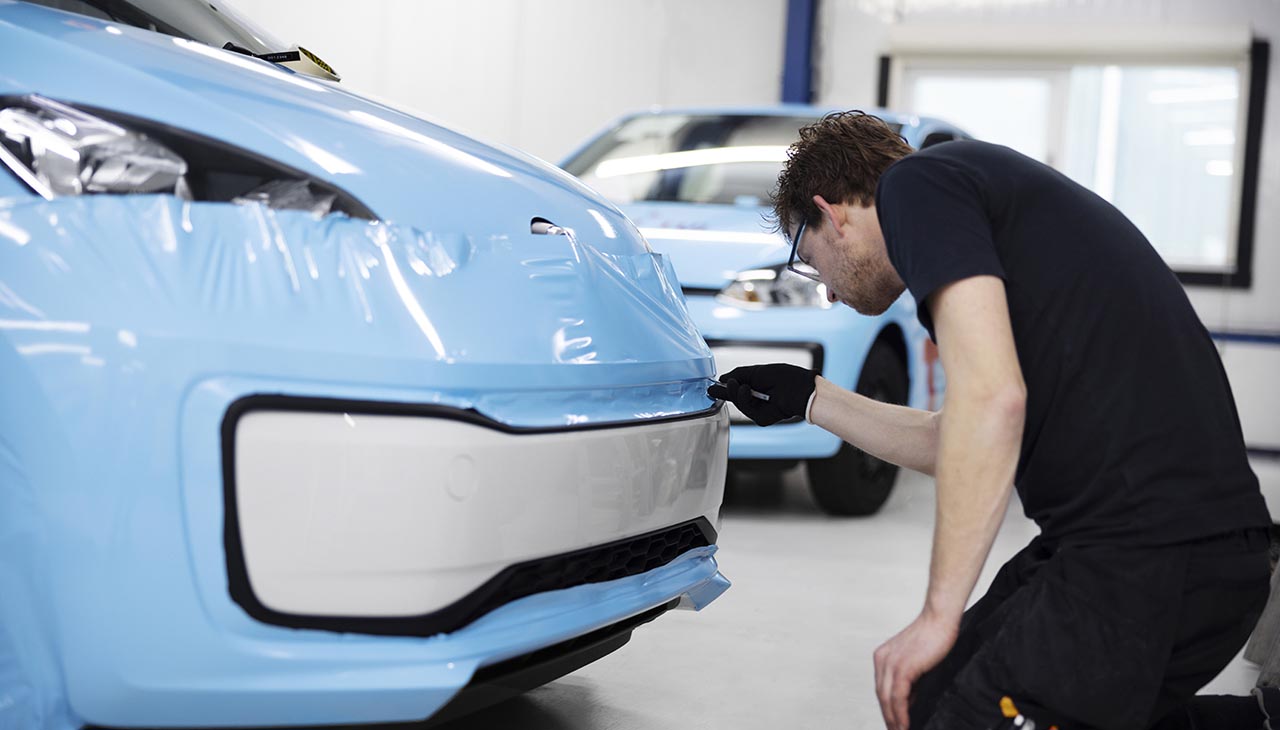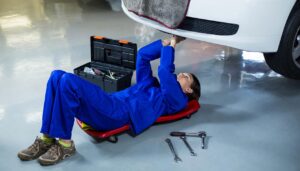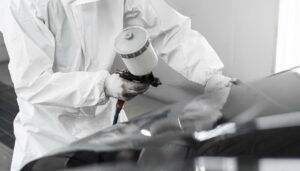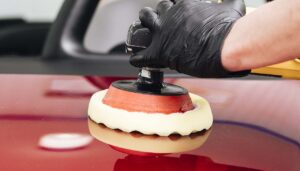
Auto body repair might seem daunting, but every car owner should have a basic understanding of it. Whether you’re a DIY enthusiast or someone who prefers to leave it to the professionals, knowing the basics can save you time, money, and stress. In this blog, we’ll cover everything you need to know—from common issues and repair processes to finding reliable shops and maintaining your car’s exterior.
Introduction to Auto Body Repair
Auto body repair is essential for keeping your car looking and functioning at its best. Whether it’s a minor scratch or a major dent, knowing how to handle these issues can make a huge difference. For car owners, understanding auto body repair isn’t just about aesthetics; it’s also about maintaining the value and safety of your vehicle. In this post, we’ll guide you through the basics, so you can make informed decisions about your car.
Common Auto Body Issues
Minor Scratches
Minor scratches are the most common auto body issue. They can occur from parking lot mishaps, flying debris, or even brushing against a bush. While they may seem insignificant, ignoring them can lead to rust and further damage.
Dents and Dings
Dents and dings are another frequent problem. They can result from hail, minor collisions, or even a runaway shopping cart. Unlike scratches, dents can affect the structural integrity of your car, making it important to address them promptly.
Major Collisions
Major collisions can cause significant damage to your vehicle’s bodywork. These kinds of repairs often require professional intervention due to the complexity and safety concerns involved. Knowing the extent of the damage helps you decide whether to repair or replace parts.
DIY vs Professional Repair
The Pros and Cons of DIY
Doing it yourself has its advantages. It’s cost-effective and allows you to learn more about your car. However, DIY repairs can be time-consuming and may not always deliver professional results.
When to Go Professional
Professional auto body repairs ensure quality and safety. Shops have specialized tools and expertise that DIYers often lack. The downside is the higher cost, but this investment can save you from potential future expenses.
Striking a Balance
Sometimes, a combination of DIY and professional repairs can be the best approach. Simple tasks like minor scratch removal can be done at home, while more complex issues like frame damage should be left to the experts.
Understanding the Auto Body Repair Process
Assessment and Quotation
The first step is assessing the damage. Professionals will give you a detailed quote, including labor and parts. Understanding this process helps you avoid being overcharged.
Repair and Replacement
Once you agree to the quote, the repair process begins. This may involve removing dents, replacing parts, or repainting. Knowing what’s involved lets you track progress and ensure the work meets your expectations.
Quality Check and Final Touches
After the repairs, a quality check ensures everything is up to standard. This step is crucial for safety and longevity. Make sure this is part of the service you receive.
Tips for Finding a Reliable Auto Body Shop
Look for Certifications
Certified shops are more likely to deliver quality work. Look for certifications from organizations like ASE (Automotive Service Excellence).
Read Reviews and Ask for Recommendations
Online reviews and word-of-mouth recommendations can give you insights into a shop’s reliability. Don’t hesitate to ask friends or family for suggestions.
Visit the Shop
A visit can tell you a lot about a shop’s professionalism. Cleanliness, organization, and the presence of modern equipment are good indicators of a reliable shop.
Cost of Auto Body Repair
Factors Influencing Cost
Several factors affect the cost of auto body repair, including the extent of the damage, the type of vehicle, and labor rates. Understanding these can help you budget effectively.
Getting Multiple Quotes
Don’t settle for the first quote you receive. Getting multiple quotes allows you to compare prices and services, ensuring you get the best deal.
Balancing Cost and Quality
While it’s tempting to go for the cheapest option, quality should never be compromised. Investing in good repairs can save you from future headaches.
Maintaining Your Car’s Exterior
Regular Washing
Regular washing removes dirt and debris that can cause scratches and rust. It’s a simple yet effective way to maintain your car’s exterior.
Waxing and Polishing
Waxing and polishing protect your car’s paint and give it a shiny finish. These steps should be part of your regular maintenance routine.
Addressing Minor Issues Promptly
Don’t ignore minor issues like scratches or small dents. Addressing them promptly prevents further damage and keeps your car looking great.
Conclusion
Understanding the basics of auto body repair empowers car owners to make informed decisions. Whether you’re tackling minor issues yourself or seeking professional help, knowing what to expect can save you time, money, and stress. Take the next step in your car care journey by exploring more resources or booking a consultation with an expert today.





